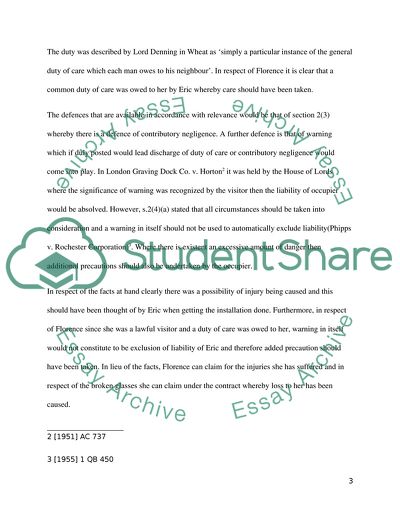Cite this document
(Occupiers Liability Act 1957 Essay Example | Topics and Well Written Essays - 2500 words - 1, n.d.)
Occupiers Liability Act 1957 Essay Example | Topics and Well Written Essays - 2500 words - 1. Retrieved from https://studentshare.org/law/1752616-tort-law
Occupiers Liability Act 1957 Essay Example | Topics and Well Written Essays - 2500 words - 1. Retrieved from https://studentshare.org/law/1752616-tort-law
(Occupiers Liability Act 1957 Essay Example | Topics and Well Written Essays - 2500 Words - 1)
Occupiers Liability Act 1957 Essay Example | Topics and Well Written Essays - 2500 Words - 1. https://studentshare.org/law/1752616-tort-law.
Occupiers Liability Act 1957 Essay Example | Topics and Well Written Essays - 2500 Words - 1. https://studentshare.org/law/1752616-tort-law.
“Occupiers Liability Act 1957 Essay Example | Topics and Well Written Essays - 2500 Words - 1”, n.d. https://studentshare.org/law/1752616-tort-law.


